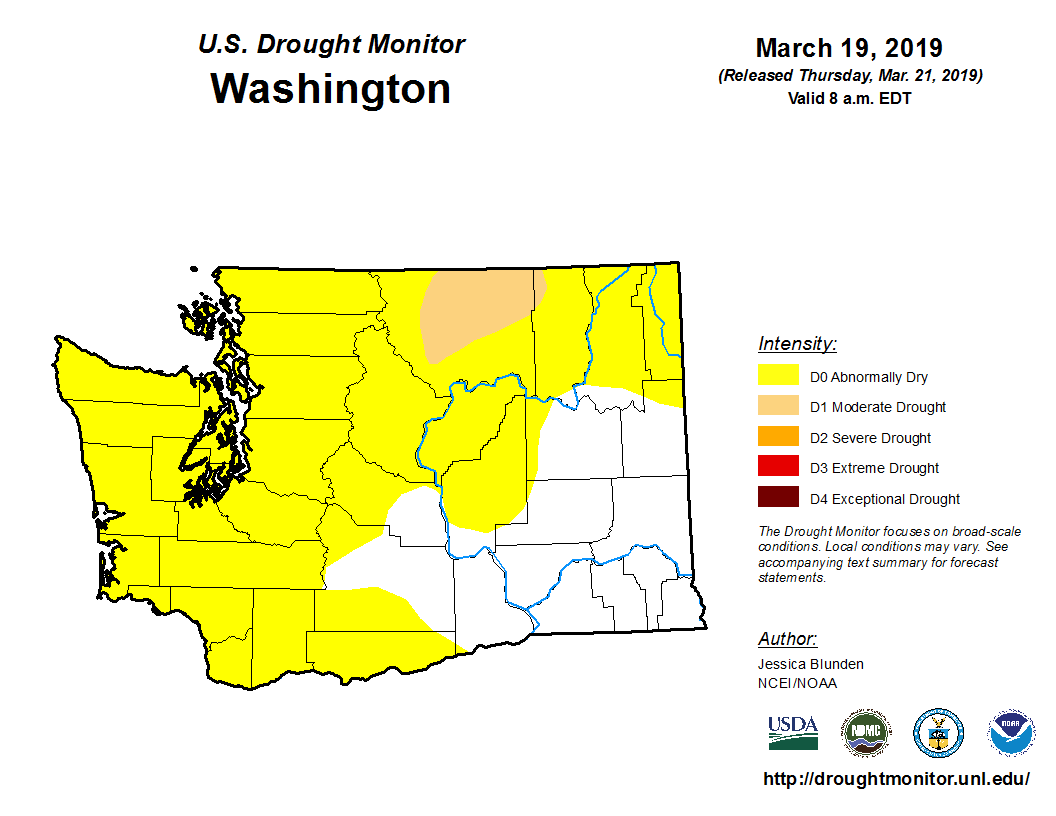
Relief from Aridity: Western Washington finally saw an end to its prolonged dry spell in late August 2021, according to a report from king5.com. A welcome half-inch of rain fell at Sea-Tac Airport, marking the end of a 51-day dry streak, the second-longest in Seattle’s recorded history. This much-needed precipitation arrived amidst a backdrop of severe weather challenges, including a deadly heat wave and widespread wildfires.
Table of Contents
The End of the Dry Spell
The 51-day dry spell that gripped Western Washington officially concluded just before midnight on a Thursday in August 2021. King5.com reported that Sea-Tac Airport recorded approximately half an inch of rainfall, bringing an end to the parched conditions that had persisted for weeks. This marked the second-longest dry streak in Seattle’s history, highlighting the unusual severity of the situation.
Context of Extreme Weather
The extended period without rain was only one component of a larger pattern of extreme weather events affecting the region. A record-breaking heat wave occurred in late June and early July, resulting in tragic consequences across the state. According to official reports, at least 129 deaths were attributed to the heat wave in Washington, with 30 of those occurring in King County. The severity of this heat wave prompted investigations into its causes and potential links to broader climate trends.
Climate Change Connection
Scientists and climate experts have analyzed the heat wave and its connection to climate change. Studies indicated that the extreme temperatures experienced during that period were virtually impossible without the influence of climate change. This finding underscores the growing concern about the impact of human activities on weather patterns and the increasing frequency of extreme weather events.
Wildfires and Drought
The dry conditions also contributed to a heightened risk of wildfires throughout Washington state. While the most devastating wildfires occurred primarily in eastern Washington, the entire state faced persistent and historic drought conditions. This prompted Governor Jay Inslee to declare a wildfire state of emergency, allocating resources and personnel to combat the growing threat.
Local Fire Response
Even with burn bans in place throughout King County, the Seattle Fire Department experienced a surge in brush and bark-related fires. During a two-week period in early July, firefighters responded to 65 such incidents, highlighting the extreme flammability of dry vegetation. These incidents served as a stark reminder of the ever-present danger of wildfires during prolonged dry periods.
Brief Relief, Uncertain Future
While the rainfall in late August provided much-needed relief from the dry conditions, the king5.com report indicated that it was not expected to last. More showers were anticipated for the weekend, but forecasters predicted a return to drier conditions the following week. This raised concerns about the long-term impact of the drought and the potential for further extreme weather events in the future.
Looking Ahead
The brief respite from the dry spell served as a reminder of the importance of water conservation and preparedness for extreme weather events. As climate change continues to influence weather patterns, communities must adapt and implement strategies to mitigate the risks associated with prolonged droughts, heat waves, and wildfires. Continued monitoring of weather conditions and proactive measures are essential to ensure the safety and well-being of residents throughout Washington state.
In conclusion, the end of Western Washington’s 51-day dry streak in August 2021 offered a temporary reprieve from the challenges of drought, heat, and wildfire risk. However, the event occurred within a larger context of climate change and extreme weather, underscoring the need for ongoing vigilance and proactive adaptation strategies to protect communities and resources in the face of an uncertain future.
